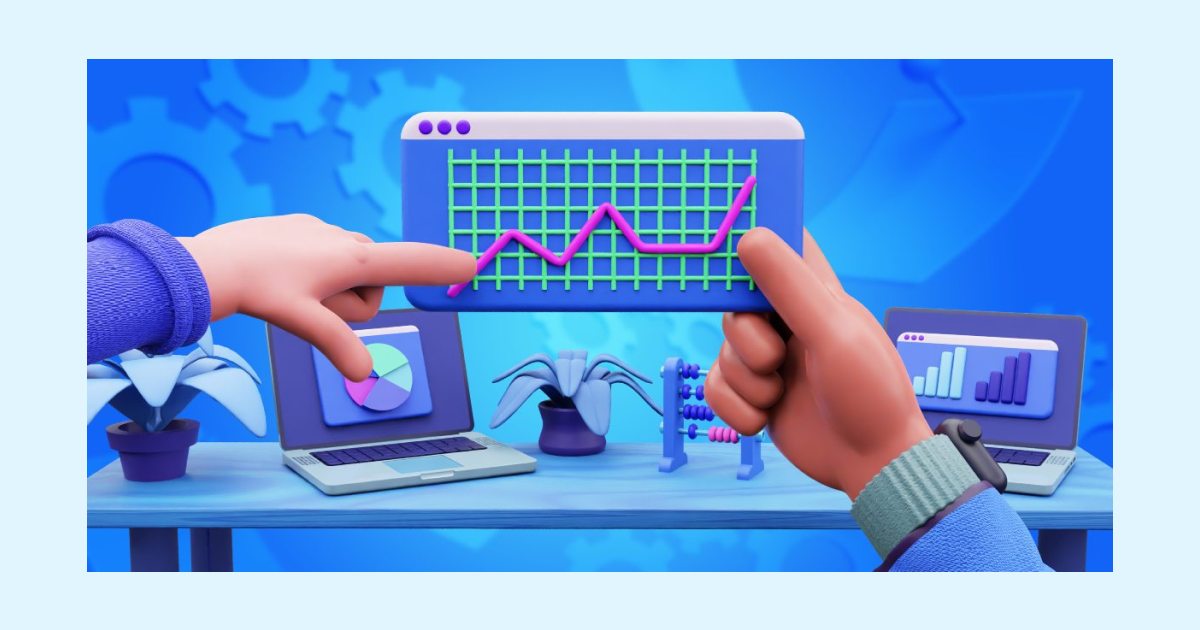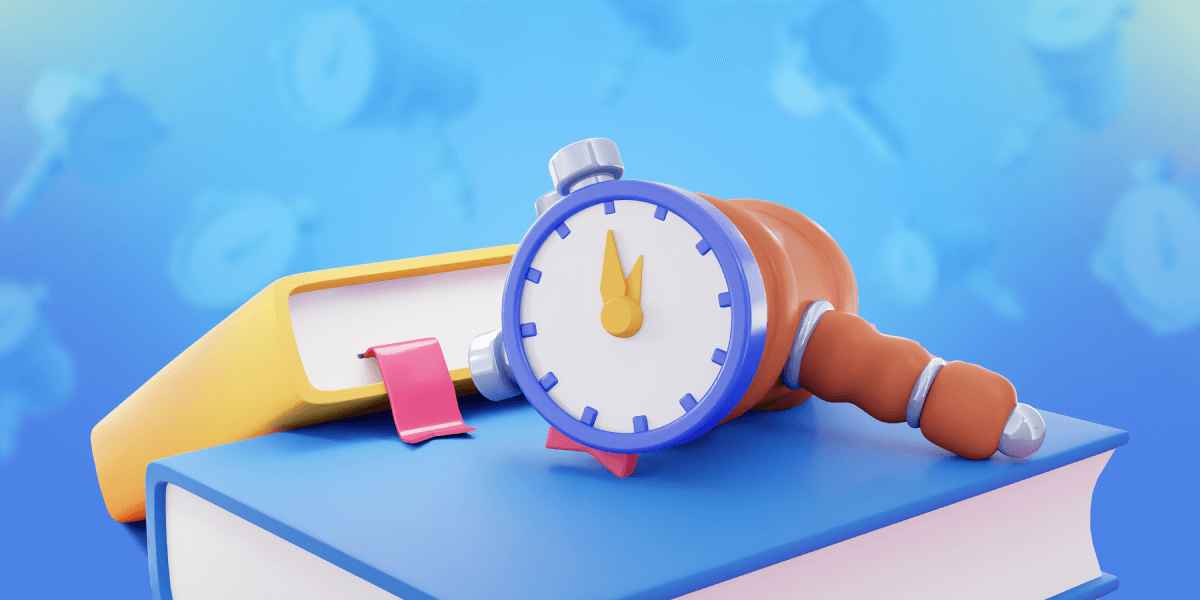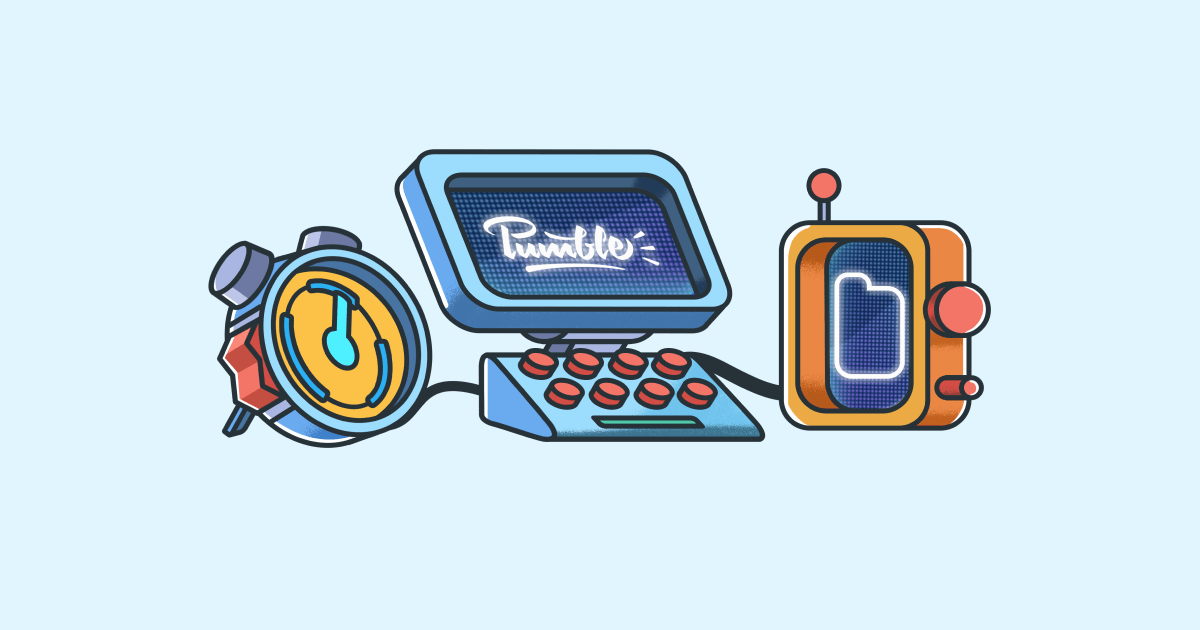How tracking time can make you more productive while working from home
Last updated on: May 5, 2023
When working from home, you can enjoy the privileges of this work setting, such as no commuting, having a chance to sleep a little longer, or making a homemade meal for lunch.
However, there are some challenges of remote work, like dealing with distractions at home, a lack of routine, or being less productive than in an office. As you already know, when you’re inefficient, you usually spend more time working, in order to finish all your tasks.

According to the new survey by Chubb, some employees in the U.S. are actually logging more hours when teleworking. To be precise:
- 37% of the participants are working longer hours, and
- 17% are logging more than 10 extra hours per week.
Now, the key to preventing overworking is finding the right methods to regain productivity, such as keeping track of your work hours. We gathered a list of 7 ways tracking time can make you more productive while working from home.
With time tracking, you’ll learn how to adopt these habits:
- organize your day according to your productivity peaks,
- work in pre-scheduled intervals,
- manage your workload better,
- track your recurring tasks, and
- create boundaries between your work time and leisure time.
Also, time tracking will help you:
- avoid procrastination,
- avoid multitasking.
Before we show you how to boost your productivity by logging time when working from home, let’s take a look at other significant advantages of tracking time.
Table of Contents
The benefits of tracking time when working from home
One of the main benefits of time tracking when telecommuting is that you’ll learn how to be more efficient. Apart from that, there are other positive aspects of logging your time, such as:
- Keeping your performance transparent. Your manager and your boss want to know what you’re working on throughout the day. If you keep a record of every completed task and the time needed to finish it, you’ll get a clear overview of your workday. Then, you can share this overview with your supervisors.
- Keeping track of your earnings. If you’re a freelancer, you’ll need to keep a record of the exact amount of time spent working on a project. These reports will ensure you get paid properly, no matter what payment method you’re using.
- Having proof of your overtime. Whenever your job requires you to burn the midnight oil, be sure to log these extra hours. Then later, you can inform your manager about your overtime.
- Watching your progress. By tracking the time you spend on all tasks, you’ll be able to follow the progress of your work, which can be invaluable information, especially when teleworking.
When it comes to time tracking methods, you can use a spreadsheet or a pen and paper to monitor your time. If you opt for a time tracking software, you can track your time either with a timer, adding your hours manually, or with a timesheet. Try it out with our time tracker by signing up here.
💡 If you happen to have any other concerns about time tracking, read our blog about time tracking best practices.
7 ways tracking time can make you more productive while working from home
Now, let’s take a closer look at the ways in which time tracking can make you more productive while working from home. It can help you to:
- organize your day according to your productivity peaks,
- work in pre-scheduled intervals,
- manage your workload better,
- track your recurring tasks,
- create boundaries between work time and leisure time,
- minimize procrastination, and
- try not to multitask.
1. Organize your day according to your productivity peaks 🌅🌇
Throughout the day, you may notice that your productivity is thriving at particular times. On the other hand, there are periods when you can’t keep your focus at work and you’re ineffective. This happens due to your biological prime time, a term invented by Sam Carpenter.
Your biological prime time includes your most productive hours in a day. These hours depend on your ultradian rhythms – the cycles that your body is going through a day.
Everyone has his/her own biological prime time. That’s why some people find it easier to work in the morning, like Twitter’s CEO Jack Dorsey, who thrives during the early morning hours. On the other hand, some people prefer doing their tasks in the late afternoon, or at night.
How can time tracking help you organize your day?
If you want to calculate your biological prime time, you’ll need to keep track of your energy levels for 3 weeks. And the best way to do that is by tracking your time and all work activities. Here’s how you can calculate your productive times:
- Log your work hours for 3 weeks – including all your tasks.
- Then, analyze your results. Take a look at the same tasks that you had each week and compare the times you needed to finish them. Here’s an example for a recurring task “Making a weekly report”.
Week one: During the first week, the task was finished after an hour and a half. The task was done in the morning, from 9 am to 10.30 am.
Week two: During the second week, the task was completed in three hours. The task was done in the afternoon, from 2 pm to 5 pm.
Week three: During the third week, the task was finished after two and a half hours. The task was done in the early afternoon, from 12 pm to 2.30 pm.
If we analyze these three results, we can conclude that the shortest amount of time was an hour and a half, in the morning. Therefore, the person doing the task was most productive in the early hours, which implies that his biological prime time is during the morning hours.
- Once you find out about your biological prime time, this data becomes invaluable. You’ll be able to select your most important and most urgent task and work on it first, during your biological prime time. At the same time, you’ll leave those less important tasks for other times during the day.
To sum up, tracking time helps you identify your own biological prime time, which gives you an opportunity to manage your time better and to increase productivity.
2. Work in pre-scheduled intervals 🕰️
In a traditional work setting, the most common office distractions are chatty colleagues, nearby meetings, and even outside noises. But, when working from home, you might be bothered by your children, pets, or roommates. So, aiming attention at your assignments can seem like an impossible task.
If you’re looking for a way to fully concentrate on work, but take occasional brief breaks, be sure to try working in pre-scheduled intervals. The rules are simple: you need to choose the length of working intervals and stick to it.
We suggest using the Pomodoro time management technique. This method will help you:
- improve your efficiency by keeping all your attention to your tasks during the work sessions, and
- reboot your brain by taking regular breaks.
How can time tracking help you with Pomodoro technique?
To use the Pomodoro technique, you’ll need to log your time with a timer or a stopwatch. Each work session/cycle is called Pomodoro. Here’s how the process looks like:
- Set a timer for 25 minutes – this is your first work session.
- Focus on work during these 25 minutes and don’t let anyone distract you.
- When the alarm goes off, stop working.
- Take a 5-minute break. Now is the time to have a healthy snack or chat with your roommates.
- When your break is over, continue working for another 25 minutes. Then, take another quick break.
- After having completed four cycles (four Pomodoros), it’s time to take a longer, 20-minute break. This break is perfect for having lunch with your family or calling your friend.
- Repeat this routine until you finish your tasks or until your workday is done.
Tracking your working hours with the Pomodoro technique will improve your focus and productivity levels. Besides, you’re less likely to work longer than needed when you track each minute. So, you’ll avoid burnout and be able to enjoy your free time.
Apart from these 25-minute sessions, you can also try working in a bit longer intervals. Plus, your tasks will sometimes require longer sessions.
Tony Schwartz, the New York Times productivity columnist, recommends using this method: working for 90 minutes, then having a longer break, around 15 minutes. His idea is in line with the aforementioned ultradian rhythm.
Also, in his article for HuffPost, Schwartz mentions Nathan Kleitman, the sleep researcher. Kleitman is famous for discovering the basic rest-activity cycle (BRAC). This cycle happens when we sleep, and it lasts between 85 and 90 minutes (for adults) and 55–60 minutes (for infants). During these 90 minutes, our brain moves through five stages of sleep (including rest and activity phase).
Now, Schwartz points out that Kleitman also claimed that our bodies experience these 90-minute cycles during the day, when we’re awake. Therefore, Schwartz believes that working in 60-90 minutes sessions of uninterrupted focus is the key to enhanced productivity.
3. Learn to manage your workload better 📋
Since telecommuting implies working alone, with no managers and bosses physically around, you’ll feel more relaxed when working. That’s great, but don’t get too comfortable. You are still accountable for your work. Besides, you need to find a way to provide the same quality of work as if you were working in an office. Plus, it’s up to you to deal with your workload and deliver your tasks before deadlines.
As you already know, not all daily assignments are the same. Those complex tasks usually require more time and energy to be done. Therefore, you’ll need to properly organize your workload, so that you can complete all tasks.
How can time tracking help you in task management?
In order to finish all daily assignments on time, be sure to track your time and write down each task. When monitoring your time, you’ll know:
✔️How long you needed to finish each assignment,
✔️what tasks you have already completed for the day, and
✔️what tasks you still need to complete by the end of the day.
Having such an overview has one major benefit – you’ll be able to make a to-do list the night before. So, in the morning, you only need to start checking the items from the list.
As you can see, tracking time helps you manage your workload better, which enhances your productivity as well.
4. Track your recurring tasks 🔁
Recurring tasks are those assignments that you usually repeat frequently, either on a daily, weekly, or monthly basis. For instance, you have to attend several meetings per week. Or, you have to check your email every day.
Although these tasks seem trivial, sometimes we spend too much time dealing with them.
How can time tracking help you track recurring tasks?
If you’re not sure why your productivity is suffering when telecommuting, start logging your recurring tasks. You may find out that you spend too much time working on these activities.
For instance, here’s an overview of a workday. We can see a lot of different tasks, for various projects.
One of them is “replying to emails”, an activity tracked at the beginning and the end of a workday. We can also see a “meeting” task here, an activity that happens once per week.
Here’s the total amount of time spent on these two repetitive tasks.
So, this person devotes one and a half hours to emails and meetings. This might seem like too much time spent on a recurring task, especially when having a busy day.
Tracking your repetitive assignments helps you figure out how many hours you dedicate to these activities per day. Then, you’ll be able to limit these tasks by automating some of them or delegating to other coworkers. Having fewer recurring tasks means that you’ll get to aim your attention to more important assignments and be more productive.
- Bonus tip: whenever you’re feeling unmotivated to do recurring tasks, treat yourself with some soothing beats. Besides, particular types of music can boost your productivity. For instance, cheerful music without lyrics can help enhance your efficiency when dealing with repetitive tasks. If you prefer listening to engaging conversations over music, you can opt for a motivational podcast of your choice.
5. Create boundaries between work time and leisure time 💻🧘
When your living room is the place where you work, setting boundaries between work time and free time can be challenging. But, you’re not alone.
As stated in the previously-mentioned study by Chubb, only 43% of U.S. employees believe they are successful in separating work and family activities. Struggling with this issue often means logging more hours spent on work than needed.
Now, are we productive when working longer hours? Not quite. According to the Stanford study, when we work 48 hours per week or less, our “output tends to be proportional to weekly hours worked”. However, when we work more than 48 hours per week, our productivity starts to decline.
How can time tracking help you split work and leasure time?
So, if you can’t stop working at the end of the day, start monitoring your time. By keeping track of your time, you’ll know exactly when your work hours have started and when you have to finish. Once you realize this, you’ll have a solid reason to end your workday and switch your mind from work to personal activities.
Another useful tip is to set an alarm to go off an hour before your shift ends. This will remind you that your workday is almost over. Besides, you can use your last hour to finish your tasks and then, to create a to-do list for the next day. Then, by following the list, you’ll be able test out your estimates and make changes if needed.
💡 If you’re wondering how other people manage to set their boundaries between work and free time, read our interview with 15 inspiring remote workers around the world.
6. Minimize procrastination 🤓
We all tend to procrastinate sometimes. In fact, the results of the survey on procrastination show that a majority of participants, precisely 88%, procrastinate at least one hour a day. Now, when working from home, you can easily get distracted and thus, decide to start working on a new project later, or tomorrow. Next thing you know, your workday went by and you haven’t been very productive.
How can time tracking help you with procastrination?
In order to put an end to procrastination, start logging your time by using a timer app, such as Clockify.
Here’s how to use this app:
- Create an account.
- Start a timer when you begin working on a task. Be sure to add a description of the task you’re currently doing.
- Stop a timer when you finish your task.
- Repeat this process for your other assignments.
When it comes to procrastination, using a timer is crucial, because seeing a timer running will keep you from wasting any valuable moment. Therefore, instead of postponing your assignments for later, you’ll deal with them at that moment, which will improve your time management skills as well. Finally, you’ll regain your productivity and you’ll finish your day with success.
7. Try not to multitask 🤹♀️
Sharing your home office with children sometimes means having to pay close attention to whether they’re doing their homework while dealing with work issues yourself. Or, maybe you don’t mix work and personal activities, but you have a habit of replying to emails while attending an online meeting.
You may think you can handle doing both tasks simultaneously. But, most people don’t have the cognitive ability to switch between projects and tasks without making mistakes, except for supertaskers. Only around 2.5% of the population are supertaskers and for them, multitasking results in better performance.
However, if you don’t have these superpowers (and that’s fine), we suggest you stay away from multitasking.
How can time tracking help you stop multitasking?
The most convenient way for you to stop juggling with two activities at the same time is to start tracking your work hours. When logging your time, you’ll have to enter the description of your task. Therefore, you won’t be able to write down two assignments simultaneously. That’s why time tracking will help you:
✔️aim your attention at one task at a time, and
✔️have an accurate overview of your workday.
Ultimately, your performance will be improved as well.
Conclusion
If you find it difficult to focus your attention on work and stay productive when telecommuting, start tracking your work hours. In this blog post, we gathered a list of the best ways time tracking can boost your productivity. These techniques show you how to acquire new, constructive habits, like working in predetermined intervals. In addition, these methods encourage you to put an end to routines that are harmful, such as procrastination.





